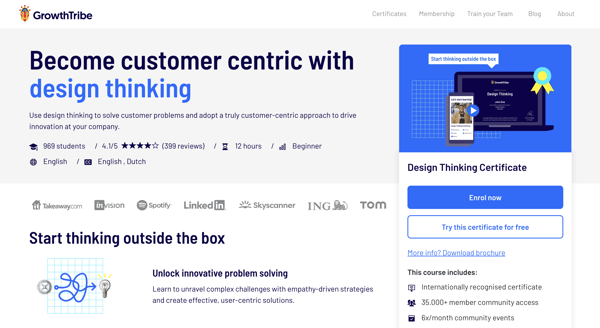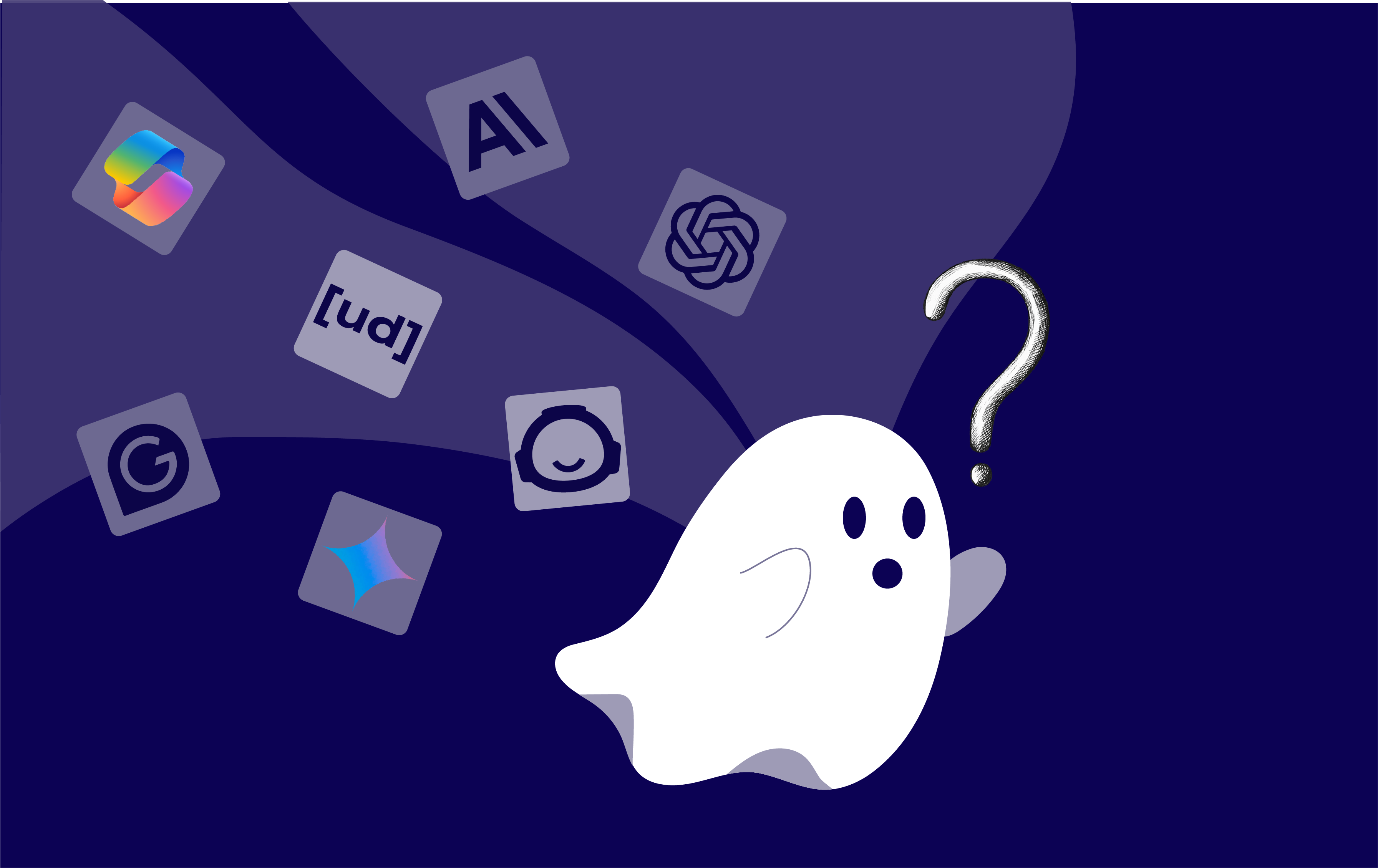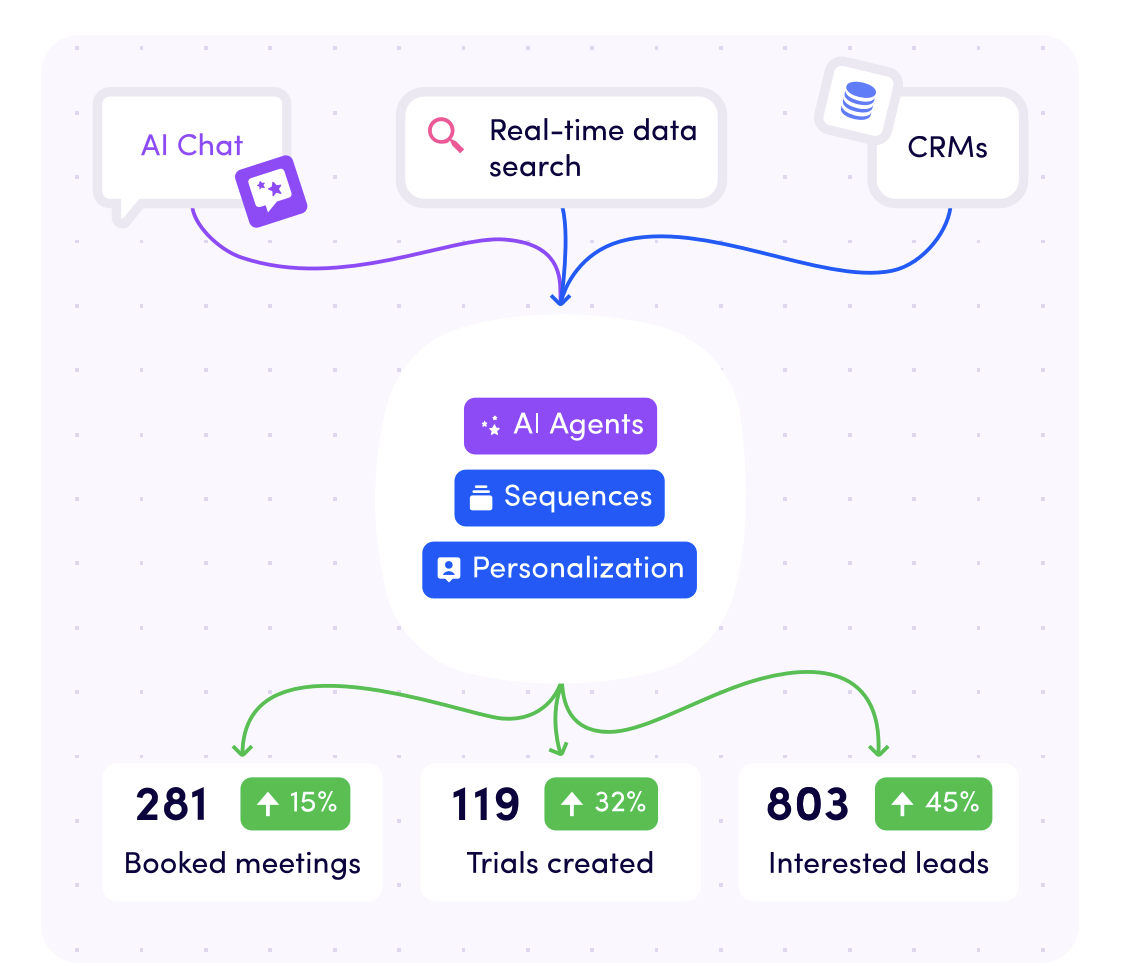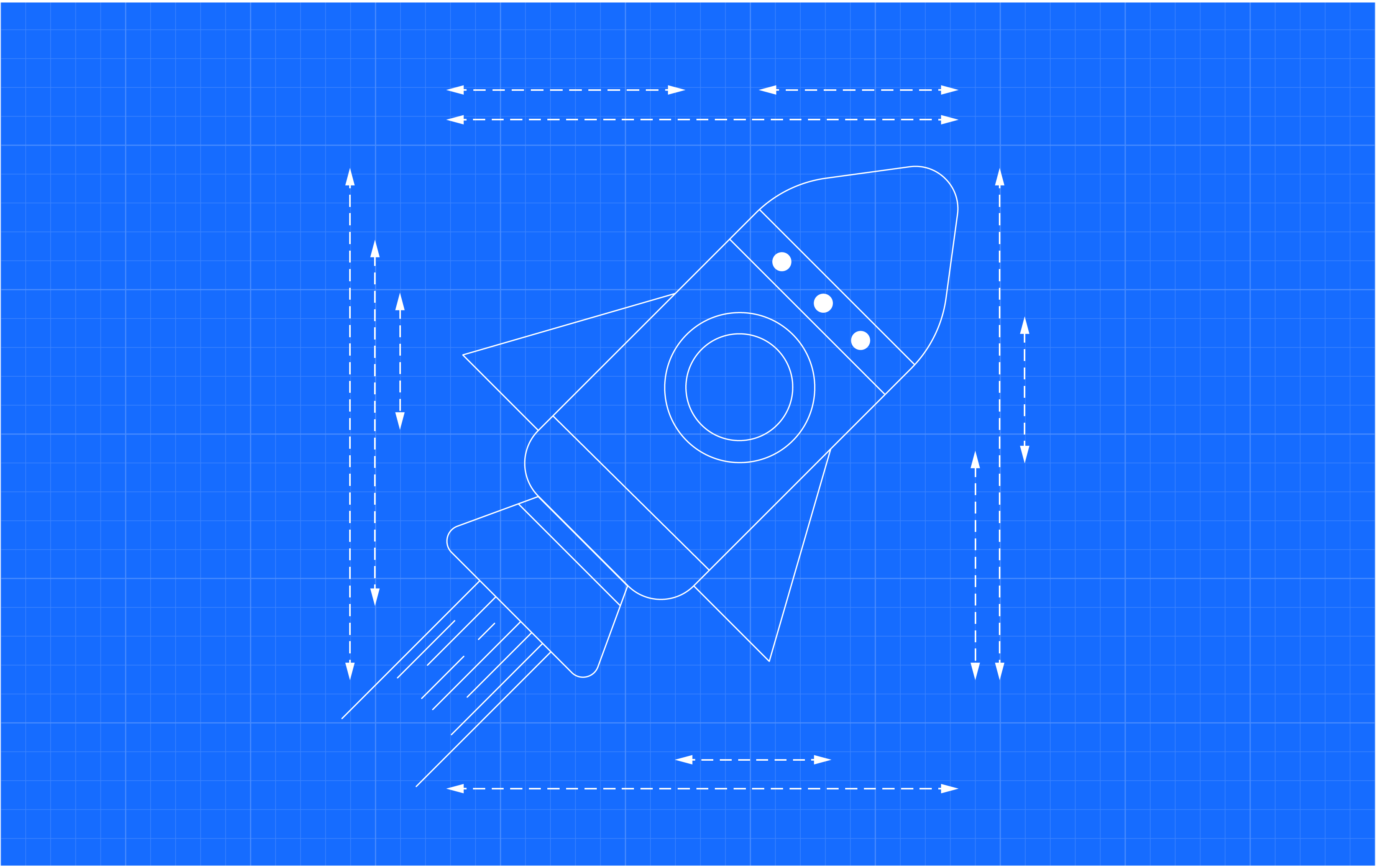What do the largest companies on the planet, such as Apple, Google, Nike or Airbnb have in common?
They all strive to make their products and services incomparable in how they address their user’s needs.
By embracing design thinking, these companies are dominating the markets and although you may not be the CEO of Apple, learning design thinking can help you become a better problem-solver and facilitate organisational growth.
Regardless of whether you come from a design background or are in a non-related role, the benefits of design thinking are many and highly transferable to almost any setting. In this article, we’ll be exploring some tips and strategies for landing your dream design-thinking job. From formal learning to developing the right design thinking soft skills to creating a design-oriented resume, we’ve got you covered:
1. What is Design Thinking
2. What is the Design Thinking Process?
3. Why Businesses love Design Thinking?
4. Resources to Explore Design Thinking
5. Skills to Develop for a Design Thinking Job
6. Conclusion
7. FAQs
What is Design Thinking and why is it important?
Design thinking is a term that’s been gaining traction since the early 2000s, although it existed long before.
As companies redefine what it means to “connect” with their customers through technological revolutions such as social media, email and other online channels, they also understand that products and services are no longer intangible items or software.
Today, products of all types have become extensions and reflections of how we interact with ourselves and the world around us. They tap into our problems and aim to resolve our human needs and desires.
In essence, this is what design thinking achieves.
Design thinking is important because it helps understanding our customers through empathy and creating an innovative solution to complex problems.
The major difference between design thinking and other solution-based frameworks is how it places the emphasis on empathy toward the user, rather than the ideations of professionals. The customer is at the forefront of the entire design thinking process, speaking of which, let’s recap this process now.
What are the 5 stages of Design Thinking?
Design thinking’s 5 stages are:
Empathise: the first stage utilises empathy to gain a deep understanding of your user’s wants and needs. Design thinking teaches us to set aside assumptions about what’s best and instead focus on what the user tells us by conducting research, interviews, feedback sessions and other research methods.
Define: using the research gathered in the empathising stage, you’ll create a problem statement. This is a concise, clear explanation of the main issue and challenges your user faces and how you propose to solve them. Problem statements are shared with teams and stakeholders as a guide to the problem, who it affects and why it matters. Personas are often created at this stage too, these are fictional avatars that represent your customer.
Ideate: Ideation techniques are used to gather ideas and tackle the problem from different angles. Ideation sessions are a collaborative process that relies on input from cross-functional teams and departments. No idea is a bad idea!
Prototype: They sound fancy but prototypes don’t always have to be all singing and dancing. Even a paper sketch is a start so don’t let this stage intimidate you if you’re not that technical. The goal is to experiment with your solutions and produce scaled-down versions that can be used for the final stage.
Test: Now comes the time to test your solutions and gather feedback. Design thinking is an iterative process which will have you skipping back and forth between stages in a continuous loop of discovery, experimentation, testing and refinement.
Why Businesses Love Design Thinking
So far we’ve covered what design thinking is and its process but how does design thinking translate into the workplace?
Here are the main benefits of learning design thinking for your role that you can implement right away!
Lends Perspective to Problems
By employing empathy with your users you gain a different perspective on a problem, not just tackling it from the business side but as a human being. This leads to better discussions and better products.
Thinking Outside-the-Box
Complex problems require complex solutions and design thinking drives this sort of innovation. That’s why it works for the big players and why it can work for you too. Creative thinking from teams amasses a volume of ideas that can be stacked up and measured to see if they’re technically feasible and financially viable before proceeding.
Collaborative
Design thinking jobs require input from as many people as possible in the ideation stages. This encourages effective communication between everyone involved and keeps people on the same page.
Developing Knowledge
Design thinking jobs put you around other team members you might not normally interact with. It’s in these scenarios you can hear from other perspectives and absorb the information within their specialist field. In addition, a major part of design thinking is in its research, you’ll naturally increase your knowledge and pick up on existing and emerging trends in the process.
You Create Better Products and Services
Design thinking jobs are all about the customer. Throughout the entire process, you’ll be gathering user feedback at each stage, which has a direct impact on the success of the final product. This all leads to higher-value end-products that satisfy user demands.
Competitive Advantage
As you pour through research, collect feedback, experiment with ideas and test them out, you’re inching closer and closer to the perfect solution for your customers. And because design thinking takes a human-centric approach to problem-solving, it appeals to the user’s innermost desires. This puts you ahead of competitors who are busy pushing greedy agendas or trying to manipulate buying behaviours.

Resources to Explore Design Thinking
If you’re new to design thinking and wondering where to start then this section is for you.
There is a wealth of information online and offline that can give you a glimpse into design thinking and its practical applications, so we’ll start by suggesting a few places to do this:
The Best Way to Learn for a Design Thinking Job Role
Once you’ve consumed some information about design thinking, you’ll have a good grasp of the basics and overall process, now it’s time to hone that knowledge and gain a certificate that demonstrates your understanding. Not only will this solidify what you’ve learnt, but it can also be displayed on your resume for prospective employers or used to change roles in your current organisation.
Gaining a qualification in design thinking is the most direct route to securing a design thinking job.
Here at Growth Tribe, we offer a Design Thinking Certificate, perfect for:
- Beginners who want to learn more about design thinking and its advantages.
- Digital professionals looking to bolster their skills and become more customer-centric.
- Wanting to learn cutting-edge, creative strategies to guide success.

You’ll learn everything you need to land a design thinking job in the real world with the Design Thinking Certificate course. Here’s what it covers:
Module 1 - Design Thinking Fundamentals and User Research
- What is design thinking, and why is empathy important to businesses?
- Make sense of research to understand the “as-is” current state.
- Triple diamond process: Identify the biggest problems and the most effective solutions.
- Creating personas and their value.
- The value of getting feedback from users and customers.
Module 2 - Creative Ideation
- What is ideation?
- Identify key performance indicators (KPIs) and other success metrics.
- Identify areas of opportunity and innovation.
Module 3 - Prototyping and Testing Solutions
- Usability heuristics - a way to measure user experience.
- The fundamentals of visual hierarchy.
- Creating a user interface using objects/elements of value.
- Creating user flows and mapping actions.
- Assess and document insights from feedback.
Module 4 - Presenting Your Ideas
- Audience segmentation.
- Identifying actionable insights.
- How to present your findings and insights to key members.
To find out more about the certificate and Design Thinking Careers, head to our website and view the course here.
Skills to Develop for a Design Thinking Job
A Design Thinking qualification gives you a working knowledge of the Design Thinking process and how to demonstrate it, which is a huge plus when looking for a Design Thinking job. But what else can you do to prepare?
Developing the right skills that employers in the design field are looking for gives you a one-up on your competition. With this in mind, we’ve listed some of the most prominent soft skills to help boost your design thinking job prospects.
Emotional intelligence
Emotional intelligence is arguably the most important skill in design thinking. This is immediately recognisable if we look at the first stage of the design thinking process - empathy.
Emotional intelligence is the ability to exercise empathy for others, to have self-awareness of our own actions, and to be responsible and open to failure or criticism.
All of these traits tie directly into design thinking jobs that are centred on the user experience and deeply empathise with their needs, wants, and challenges.
Problem Framing
Getting buy-in from peers and colleagues is helpful in any scenario, but especially where design thinking is concerned.
Part of the design process is to generate lots of ideas that could potentially solve a user’s problem.
There are bound to be those who agree and those who don’t, but a way to overcome this is to learn how to frame the problem in another way. By lending a new perspective to the problem, you invite creative thinking and innovation and, eventually, a consensus on what to do next.
Research
It may not be immediately apparent but most jobs involve some level of research, especially if you come from a retail, sales, marketing, scientific or tech background. User research is a key component in design thinking as it helps us to understand our user’s problems on an intimate level. Look for ways to develop your research skills in your current role, wait a minute…you’re doing it now!
Journey Mapping
Journey maps are used to visualise the process of how a customer interacts with your company’s product or service across all of its channels, online or offline.
Design teams use journey mapping to identify how customers feel and behave at different stages of their journey and use this data to make improvements. It’s a crucial skill in design thinking, so why not try mapping out a customer journey for yourself?
Try to analyse how you interact with a product and map out all of the stages you pass through to get from awareness to conversion.
-1.jpg?width=860&height=550&name=Resized%20Blog%20Headers%20(2)-1.jpg)
Final Thinking
There you have it! These are the tips and strategies you’ll need to land your dream design thinking job. Let’s recap what we’ve learned:
Ready to take it to the next level? Check out Growth Tribe’s Design Thinking Certificate and start making your dreams a reality sooner than you think!
FAQs
1. What are some examples of Design Thinking Jobs?
Some examples of design thinking jobs are UX designer, UI designer, product designer, solution designer, etc.
For a more detailed article about the related and most in-demand jobs, read this article!
2. How do I start a career in Design Thinking?
The best way to start your career in Design Thinking is to take a course and start applying your knowledge to real projects.
Companies are looking for concrete projects from Design Thinkers.
Here is a list of courses you might find useful:
i. Design Thinking Course by Growth Tribe.
ii. Coursera: Design Thinking for Innovation by University of Virginia
iii. IDEO U: Foundations in Design thinking Certificate
3. Why Design Thinking is important?
Design Thinking is important because, through research, ideation, prototyping and testing experiments, it allows us to find complex solutions to tricky problems. Design thinking promotes the use of empathy to gain an intimate understanding of our customers.







-1.jpg?width=860&height=550&name=Resized%20Blog%20Headers%20(2)-1.jpg)




